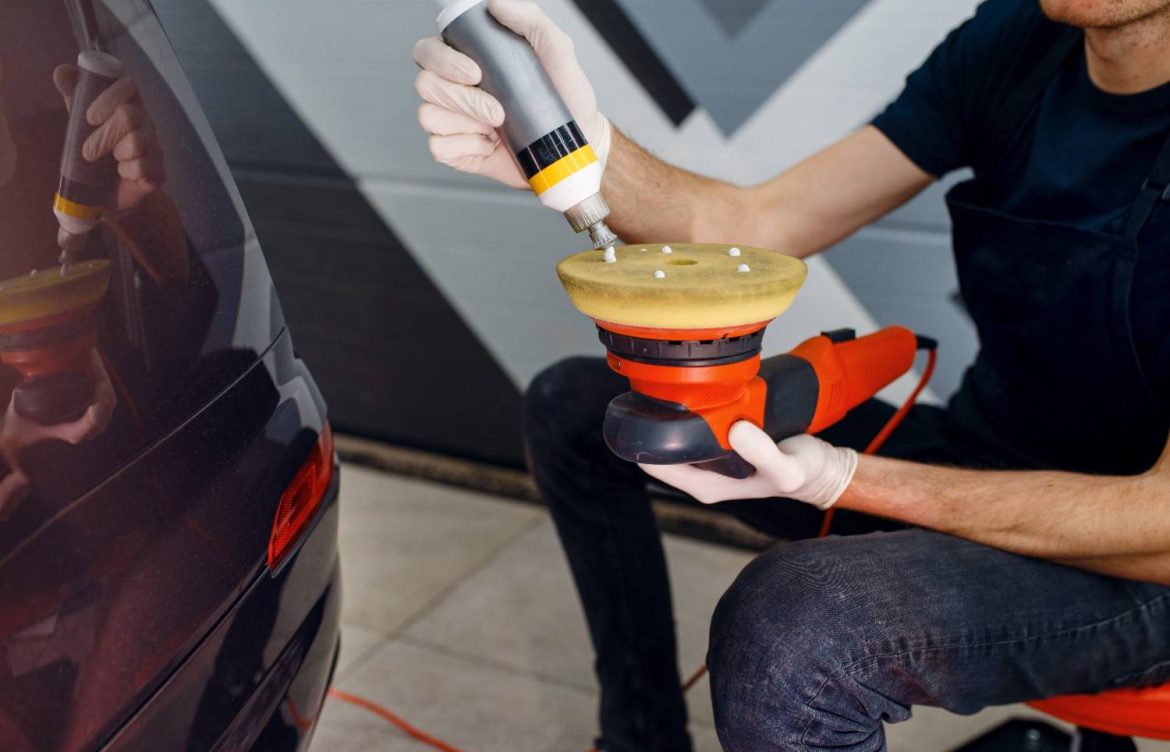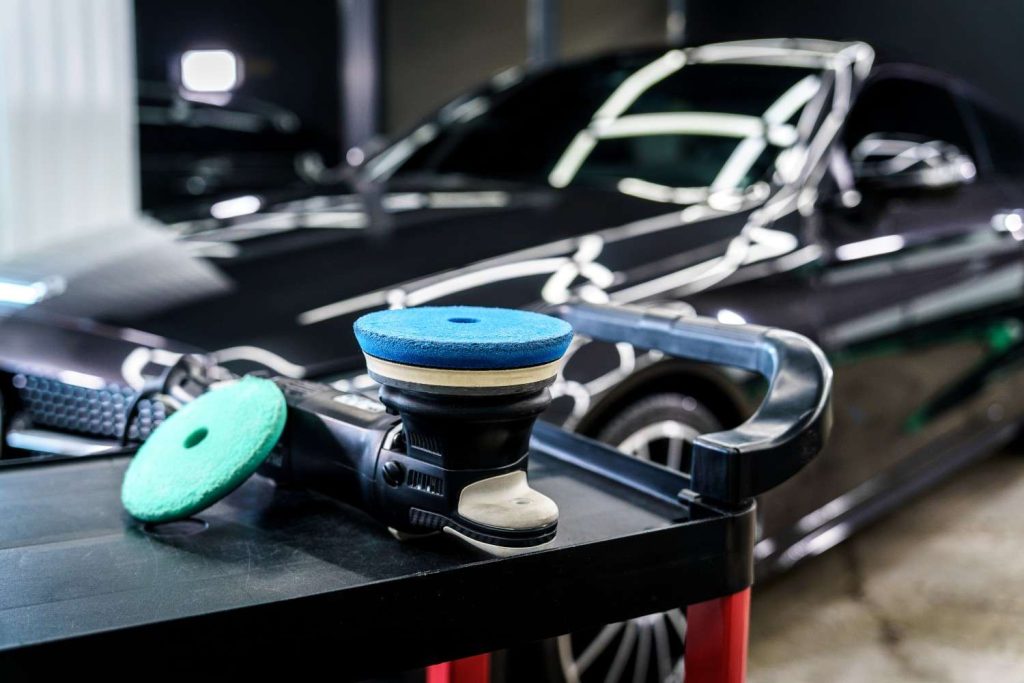
Wax vs Ceramic Coating: Which Paint Protection Should You Choose?
Wax vs Ceramic Coating is one of the questions that the majority of car owners pay attention to when deciding how to ensure that paint is preserved, gloss is maintained, too, and long-term care is reduced. Within this simple guide, you are going to get a proper comparison of the functionality of each of these protections and their real benefits and drawbacks, some tips on usage and maintenance, and a suggestion of which of them you should purchase based on your budget and on your driving style. You will also get to know DIY or professional, cost or value, and a simple maintenance strategy, so that you can get the most appropriate cover in your car.
The wax and ceramic coating does not only affects the car’s looks but also the rate at which the car will be washed and also the resistance to the contaminants of the paint. Wax provides an immediate and warm reflective shiny surface at low cost and it is easy to apply, but otherwise, the ceramic coating is attached on top of the clear coating and offers more hydrophobic and chemical resistance.

How They Work: Surface Layer vs Chemical Bond
- Wax: This is a coating (natural carnauba or synthetic polymers) applied over the clear coat to enhance gloss as well as provide short-term protection.
- Ceramic coating: This is a transparent coating that is chemically bonded with a liquid polymer (SiO2-based formulations) and thus, the coating is thin and hard and thus, water repulsive, hence it is less resistant to chemicals than a wax.
Durability and Lifespan
- Wax: Wax will generally require 2-12 weeks, depending on the exposure, product quality and the washing habit. Reapplication is the norm.
- Ceramic coating: DIY products can be expected to last 1-3 years on the consumer level, in professional levels, the coating can last 3-7+ years with proper prep and maintenance. Lifespan is extremely dependent on the quality of products and surface preparation.
Appearance: Gloss, Depth, and Feel
- Wax: Gives a warm and deep effect of a wet look, which most admirers prefer, especially when used over darker paint.
- Ceramic finish: Provides a look of an opaque glass and a slick coating, which keeps the gloss in the long run and makes the surface much smoother.
Protection Performance: What Each Guards Against
- Contaminants: Ceramic finishes resist the effects of bird droppings, acidic fallouts and light chemical erosion more than wax, and are simpler to eliminate the effects of contaminants.
- UV and oxidation: Both of them reduce UV damage, but ceramic coatings are more UV stable in the long run. Wax is not permanent and needs to be replaced very frequently.
Maintenance and Cleaning Ease
- Wax: It needs to be applied more often and washed with care to keep the layer intact. The hands-on owner can easily make the DIY project.
- Ceramic coating: Makes cleaning easier since the dirt beads and the sheets roll off and scrubbing is not needed; cleaning is normally done with light washing and infrequently boosters or tops are added to help refresh the hydrophobicity.
Cost and Value Considerations
- Wax: The initial cost is low, and the purchases are recurring over time, but it is the best one in case you love detail or wish to spend less at first.
- Ceramic coating: This is more expensive (especially to install professionally) and less expensive to maintain in the long term. Take into account the age of the vehicle, the duration of keeping it and the value of maintenance reduced when calculating ROI.
Application Complexity and Prep Requirements
- Wax: Easy to use, just add water, dry, apply, buff – can be used by the majority of DIYers.
- Ceramic coating: requires strict preparation: thorough washing, decontamination (clay), and corrections to the paint (where necessary). Poor bonding or high spots are caused due to improper prep; several owners leave it to the professionals.
Best Use Cases: When to Choose Which
Choose Wax if:
- You like details and are in need of an instant visual effect.
- The vehicle is either stored in the garage or used on a limited basis (show cars).
- You like a low initial price and do not mind regular maintenance.
Choose Ceramic Coating if:
- You commute daily or reside in extreme weather conditions ( salt, industrial fallout, and frequent rain ).
- You desire less washing and longevity of the chemical resistance.
- You can invest in good preparation or a professional application.
Hybrid Strategy: Combine the Strengths
The most common use of the ceramic coating by many owners is as a long-lasting bottom finish, and periodic application of spray waxes or ceramic tops to maintain gloss or renew the ability to bead water between anti-corrosion maintenance procedures. This is a combination of long-term protection and the possibility of improving the appearance in the short term.
1: Can I apply ceramic coating over existing wax?
No. Wax must be fully removed because coatings need direct contact with the clear coat to bond. Proper prep includes washing, clay decontamination, and an isopropyl-alcohol wipe or panel cleaner.
2: Will ceramic coating prevent rock chips and major scratches?
No. Ceramic coatings increase surface hardness and reduce light swirl marks, but won’t stop impact damage. For high-impact protection, consider paint protection film (PPF) for vulnerable areas.
3: How often should I reapply wax or a ceramic topper?
Wax products generally require reapplication every 2–12 weeks, depending on conditions. Ceramic coating toppers or boosters are commonly used every 6–12 months to restore hydrophobic properties; professional inspections and maintenance can be done annually.
Final thoughts
The decision between the wax and ceramic coating is based on preference, but it is rather a matter of priorities: money and practical fun (wax) or protection and maintenance (ceramic coating). Whereas weekend show cars and owners prefer buffing, wax is a gratifying, low-cost product. Ceramic coating is usually the wiser option in case of daily drivers, harsh climates or those owners who would like to save time on washing and reduce exposure risk. The best of both worlds can be achieved by using a hybrid that is a ceramic base and periodic toppers. Think of the duration you will have the vehicle, the length of time you wish to spend maintaining it, and the look you would prefer, and then choose the protection that will meet your objectives.
